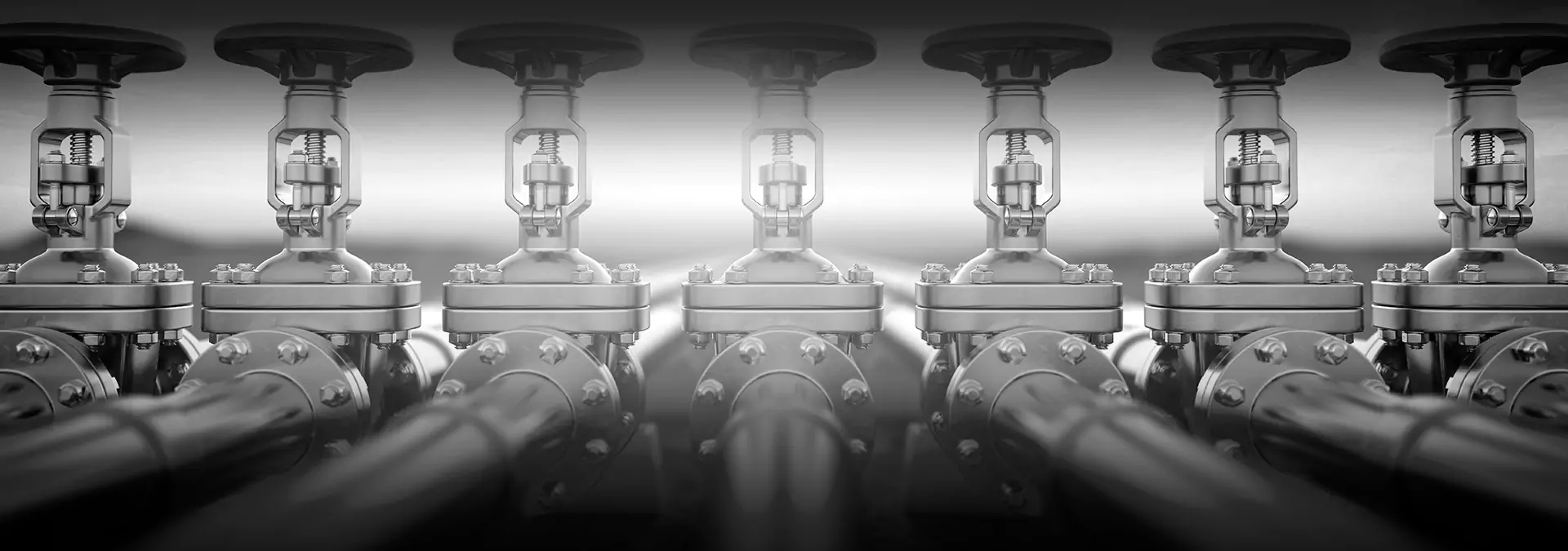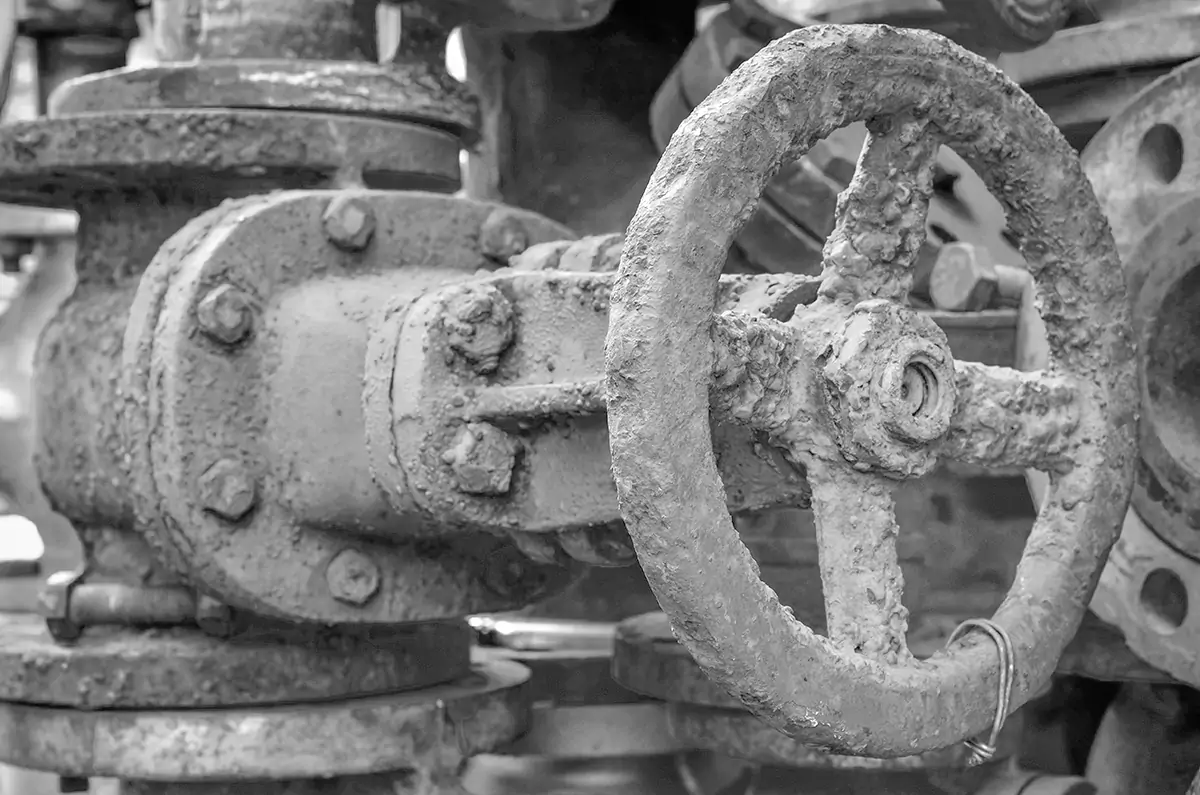Our earlier articles introduced us to valves, their different types, and their operations. Here, we will go a step further and look at what can go wrong with a valve, and how to mitigate risks and address any situation that may arise.
Across all valve applications, and particularly in the oil & gas sector, gate valves are the most commonly used in pipelines and piping applications. Using a reputable gate-valve supplier will ensure delivery of the best available equipment, but even so, valves can fail or falter despite operating under optimal conditions for reasons that can be classified under three main headings:
- Normal wear and tear
- Sediment accumulation or obstacle impediment
- Corrosion from agents within or external to its operating environment
These can result in valve malfunctions including:
- Restricted or compromised function or sticking friction.
- Irregular or choked flow
- Leakage from erosion
- Chemical corrosion
Of particular importance for valve suppliers in the UAE and the GCC region are circumstantial parameters from operations that encompass large-scale oil and gas, power and desalination, as well as civil and industrial works.



